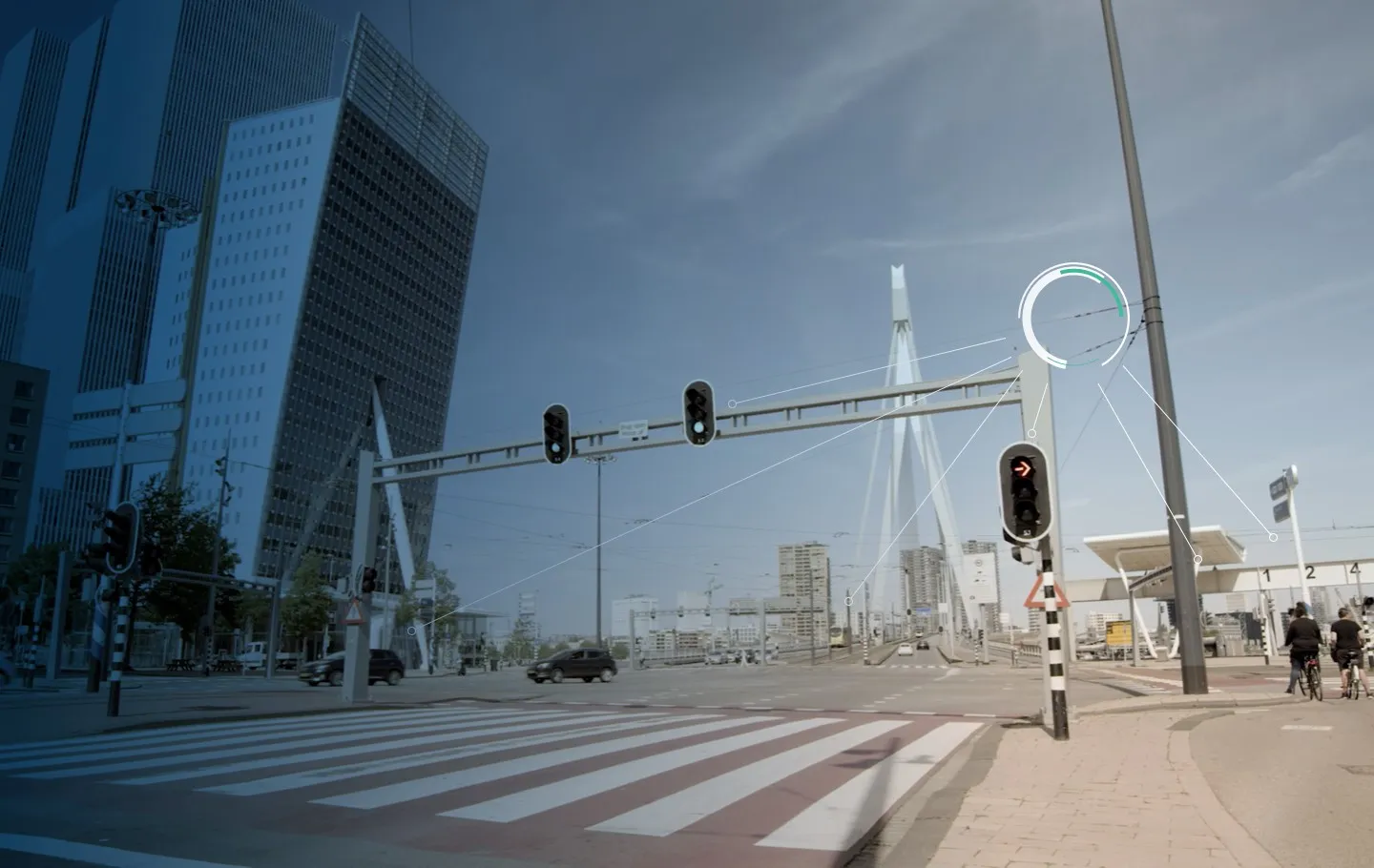According to Louis Nastro, Applanix’s director of land products, the platform delivers a customizable navigation solution which works with all sensors, multiple cameras, Lidar, radar and ultrasonic sensors and with all vehicle types at every stages in the commercialisation cycle. It enables highly accurate assessments of the full 360-degree environment around the vehicle to produce a robust representation, including static and dynamic objects, critical for successful vehicle autonomy.
Steve Woolven, president of Applanix, said: “Applanix has been committed to meeting the needs of autonomous vehicle manufacturers for more than a decade, going back to our success at the Darpa Challenges. In addition, our expertise in autonomous technologies is part of an extensive portfolio of
Applanix launch platform to speed up AV development programs
Appllanix has launched its Autonomy Development Platform to provide automakers, tier 1 vehicle supplier and truck makers with the hardware, software, engineering and integration services necessary to accelerate development programs for on-road and off-road autonomous vehicles. It combines Applanix’s GNSS-inertial positioning technologies with customized integration and engineering services for each stage of the development process.
January 25, 2018
Read time: 2 mins
Appllanix has launched its Autonomy Development Platform to provide automakers, tier 1 vehicle supplier and truck makers with the hardware, software, engineering and integration services necessary to accelerate development programs for on-road and off-road autonomous vehicles. It combines Applanix’s GNSS-inertial positioning technologies with customized integration and engineering services for each stage of the development process.










